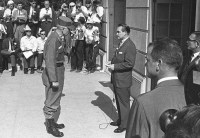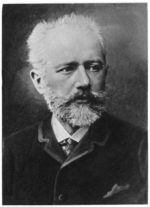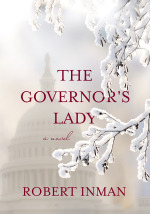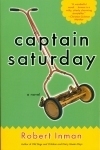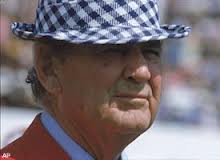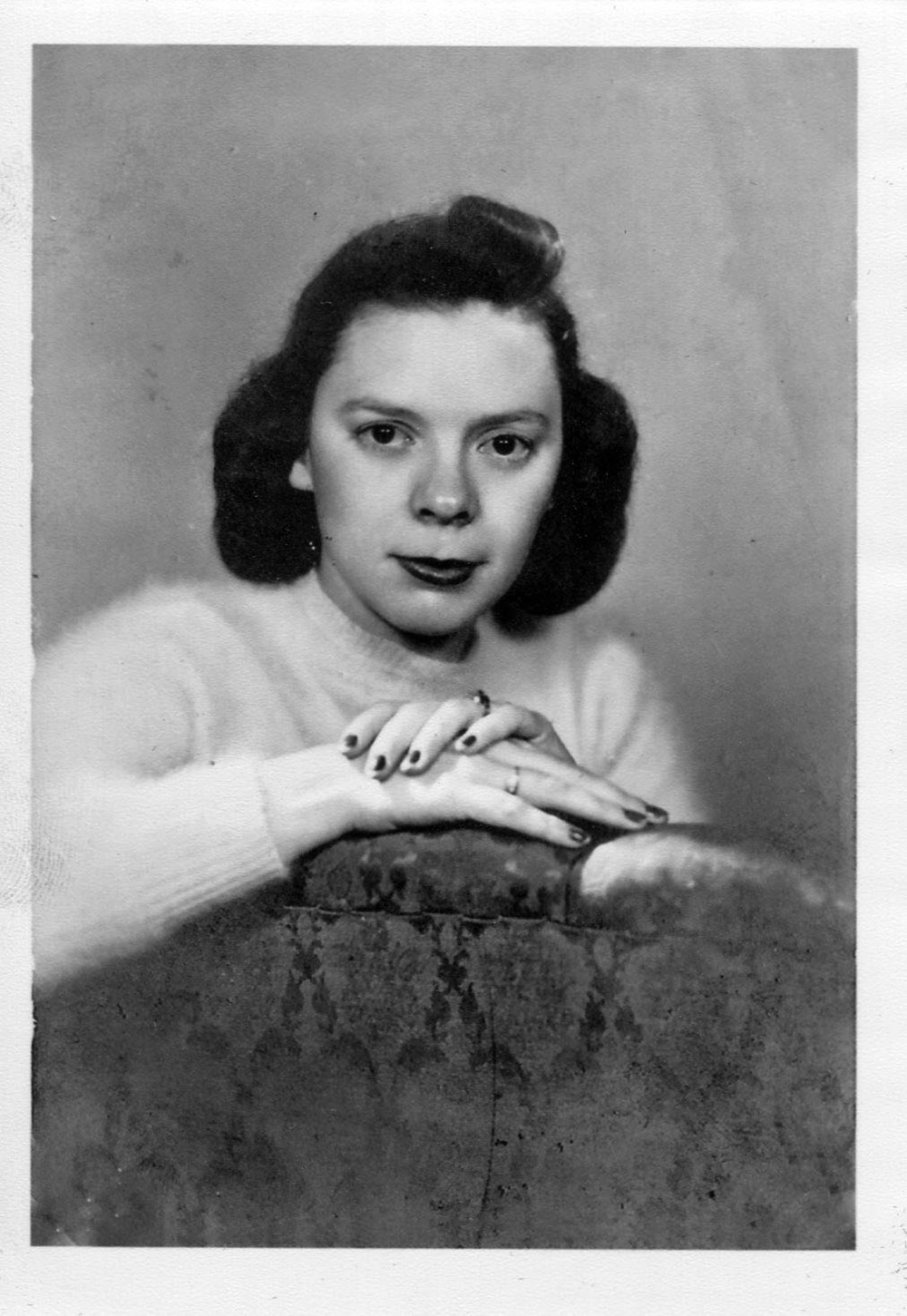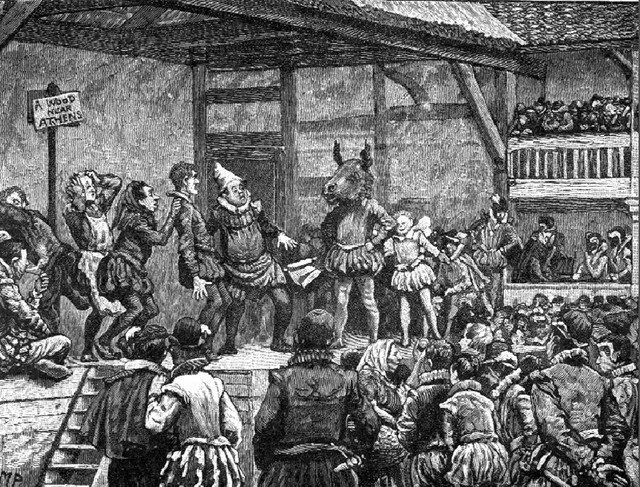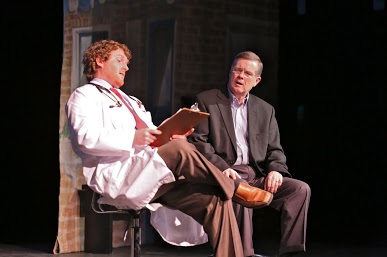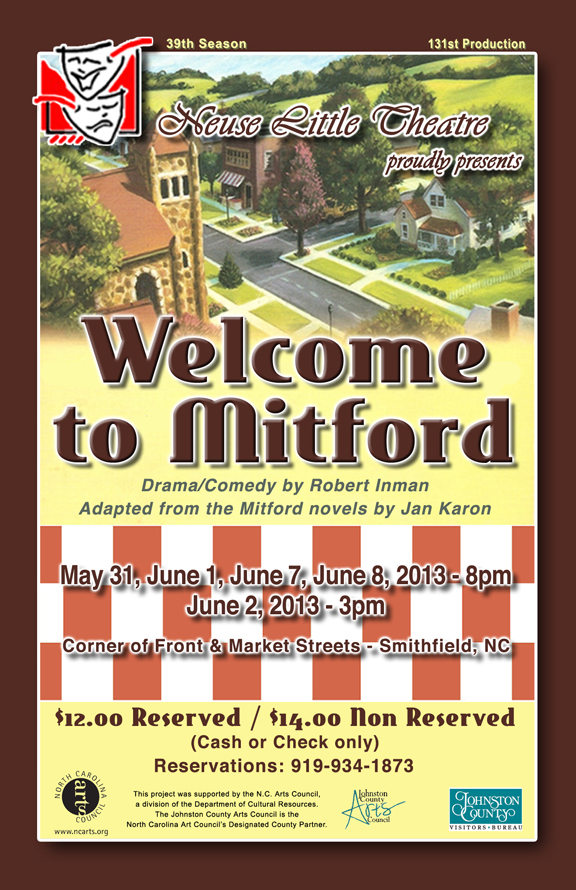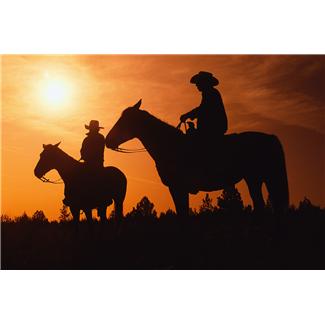The Power of Expectations
Photo by T. Ortega Gaines - Charlotte Observer
My friend and mentor Alan Poindexter died last week and left a huge hole in a lot of hearts. I treasure a lot about my relationship with Alan – among them, his expectations.
Alan was, for ten years, the creative director at Children’s Theatre of Charlotte. He shepherded two of my plays – “The Christmas Bus” musical and “The Drama Club” through the long process of production and performance. “The Drama Club” was an especially arduous undertaking. Alan approached me about writing a play about modern school race relations, reflecting on what had transpired in the years since Charlotte’s public schools desegregated. I offered an idea, and we worked together for long months through the process of script development, table readings, the intricacies of production, rehearsal, and performance.
The play takes place in a high school that is desegregated, but not integrated. There’s not much interaction among the ethnic groups – except in the drama club, where students are focused on the art and craft of theatre, not the color of their skins. But even here, racial tensions erupt and spread through the school. How those drama students deal with the challenge is the heart of the story.
It’s a tough subject, and the play was intense. But perhaps the hardest part was telling a story about people much younger than Alan and me. It had been a long time since either of us was in high school. We knew that if our teenaged audiences thought it was inauthentic, we had failed. Thousands of them came to performances, and they loved it. Most importantly, they took the subject matter back to their own schools to ponder and talk about.
Alan Poindexter made that play happen. A play is just words on paper until director, cast and crew invest themselves in the characters and the story, bring them to life, and make magic. What made magic in that play was that Alan expected each and every one of us to give our very best, and then some. As Tim Parati, Children’s Theatre’s scenic artist said in a Charlotte Observer article, “He had a very tough exterior, could even be intimidating, but if you knew him very well, he was a sweetheart.” I came to know him well, and believe me, he was a sweetheart. He nurtured all of us – sometime with biting criticism, more often with encouragement. He was a consummate theatre soul and he made all of us better with his guidance. When the play worked, it made us all proud.
I believe profoundly in the power of expectations. All of us, no matter our age or stage, need for people to expect us to give our best, and tell us so. When I was growing up, my parents sure did, and so did lots of people in our small town. Sometimes we kids disappointed them, but we were theirs, and we knew that the expectations were there, even when we let them down. I believe we do young folks a favor when we let them know we expect them to do right and do best.
As for me, whenever I think about writing a new play, I have Alan Poindexter looking over my shoulder. His expectations guide me. He casts a long shadow, and I am grateful.








